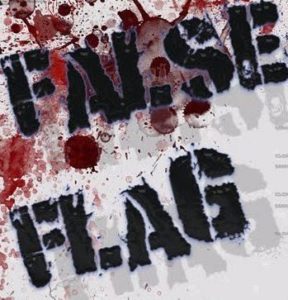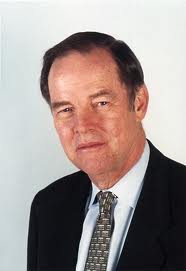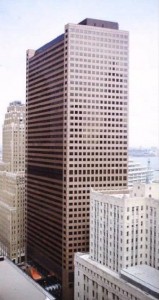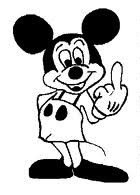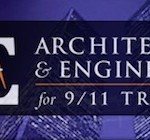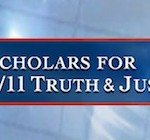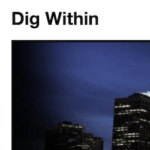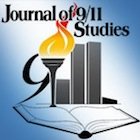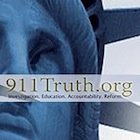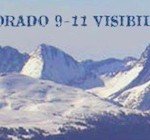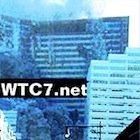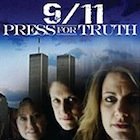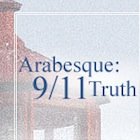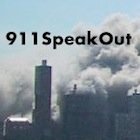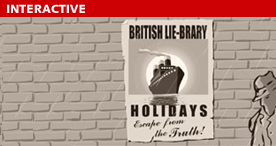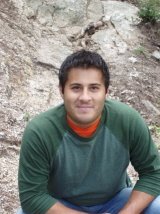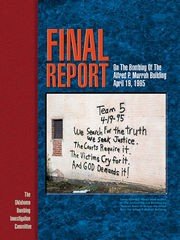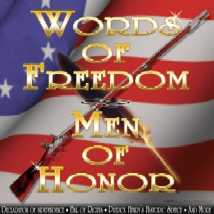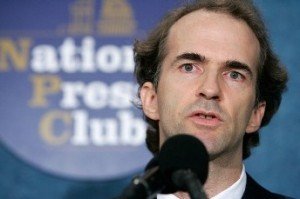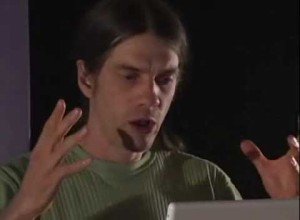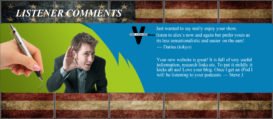Learning Disinformation
from the British Library
Counter Intelligence – Filling in the Blanks
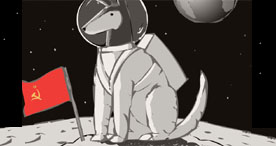 How do you explain things you are seeing for the first time? How do you give objective information when you do not know all the facts? Consider the arguments presented in the Disinformation films about the shape of the earth, and the tales of strange and wonderful creatures witnessed by gentlemen travellers. How can we explain these unbelievable scientific theories and tall tales? What makes them believable, and how would they eventually have been disproved?
How do you explain things you are seeing for the first time? How do you give objective information when you do not know all the facts? Consider the arguments presented in the Disinformation films about the shape of the earth, and the tales of strange and wonderful creatures witnessed by gentlemen travellers. How can we explain these unbelievable scientific theories and tall tales? What makes them believable, and how would they eventually have been disproved?
Select a set of unexplained phenomena or alleged facts from popular science, conspiracy theories or the news media. Make up your own convincing accounts of these theories. How do you make your story seem authentic and believable? Is your explanation plausible, and how does it compare with existing accounts or hypotheses of the same phenomena?
Interpreting Partial Facts
How do we test the veracity of a statement if we do not have access to the facts? How do we sort opinion from objective information? Alone or in small groups, select a recent news story and isolate some facts within it. Swap the facts among yourselves, and try to recreate the story from the fragments of information you are given. Think about how you will proceed: will you carry out research (on google, or in the library) to see if any interpretations or explanations of your facts already exist? Will you try to test the veracity of the information by locating its original context or site of discovery? Or, will you simply create a sensational and seductive claim? How many ways can you find to interpret the information given to you? Present your stories and be prepared to defend them against probing questions and counter claims from the rest of the class.
Manufacturing the Truth
Look through the media for examples of individuals or groups who have lied about particular situations before being caught out. What strategies did they employ to make their manufactured truths appear as facts? Why didn’t they succeed in keeping the lies going? Consider that disinformation is not just about stretching the truth or omitting certain facts, but also about making up believable counter information, or planting rumours to obscure the actual truth thus making the truth seem implausible*.
*emphasis added
Making It Up – An Exercise in Disinformation
Telling a Tale
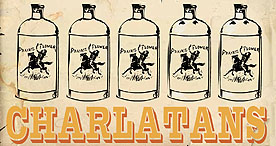 How far can you stretch the truth before it breaks? How far can you carry a lie before it gets exposed? Select a group of volunteers, and ask them each to come up with a lie or an unbelievable truth about themselves. Each person must tell the rest of the class one true story about himself/ herself, and one lie. As each of the stories are told, the rest of the group must ask questions or carry out research to test the claims made, and to decide whether or not the story is true.
How far can you stretch the truth before it breaks? How far can you carry a lie before it gets exposed? Select a group of volunteers, and ask them each to come up with a lie or an unbelievable truth about themselves. Each person must tell the rest of the class one true story about himself/ herself, and one lie. As each of the stories are told, the rest of the group must ask questions or carry out research to test the claims made, and to decide whether or not the story is true.
Discuss the following questions:
- What makes a good lie and a good liar?
- Which tools can be used to make the lie seem more convincing or to make the truth less believable?
- How do you expose a lie?
- Why are some lies so seductive that we seem to want to believe them without question?
- Are lies which are based on truths easier or more difficult to expose than lies made up out of nowhere?
A Friend of a Friend of Mine: The Urban Myth
Consider the phenomenon of the Urban Myth, and the power of ‘a friend of a friend’ to make a story seem true. Share the Myths you have heard, and carry out research into their origin and history. What is the point and purpose of an Urban Myth: does it simply exist to entertain, or does it also contain elements of truth, and thus teach valuable lessons? Discuss whether the Urban Myth could be, or has been, deployed to spread deliberate disinformation for personal or political gain? Create your own Urban Myths. Test that they are believable but harmless before you send them into the world. How do you make them travel – why would you and how do you test their success?
***********************************************************************************
The Disinformation movie
Click the image or link below to watch the movie. While you watch, test how good you are at sorting fact from fib. All the stories in the movie are about lies. Some of them have been completely made up by us. The others are lies invented by real people in history. Can you tell which ones are which? Take notes, and then check your answers on the answers page.
Click here to watch the interactive Disinformation movie.
